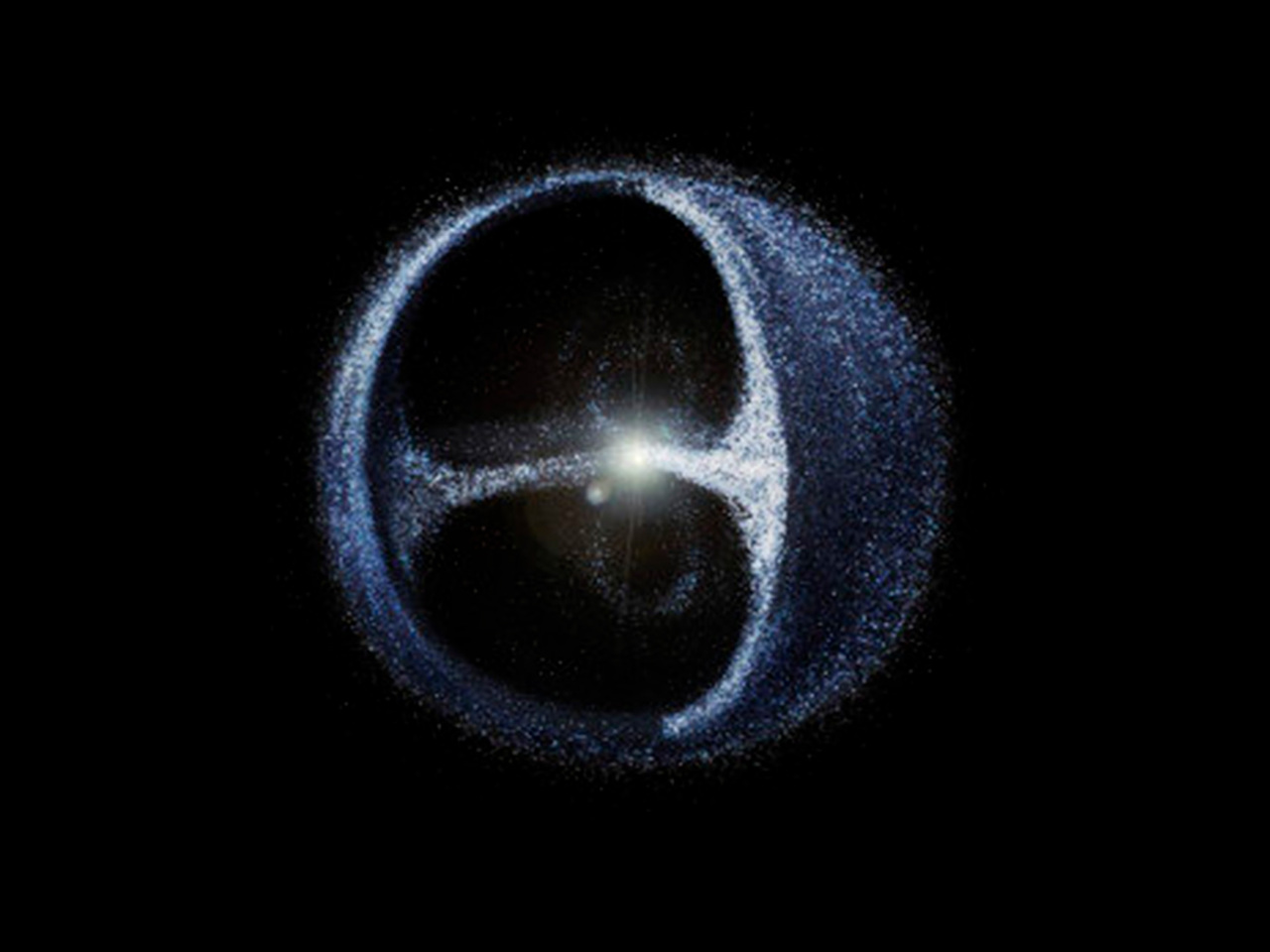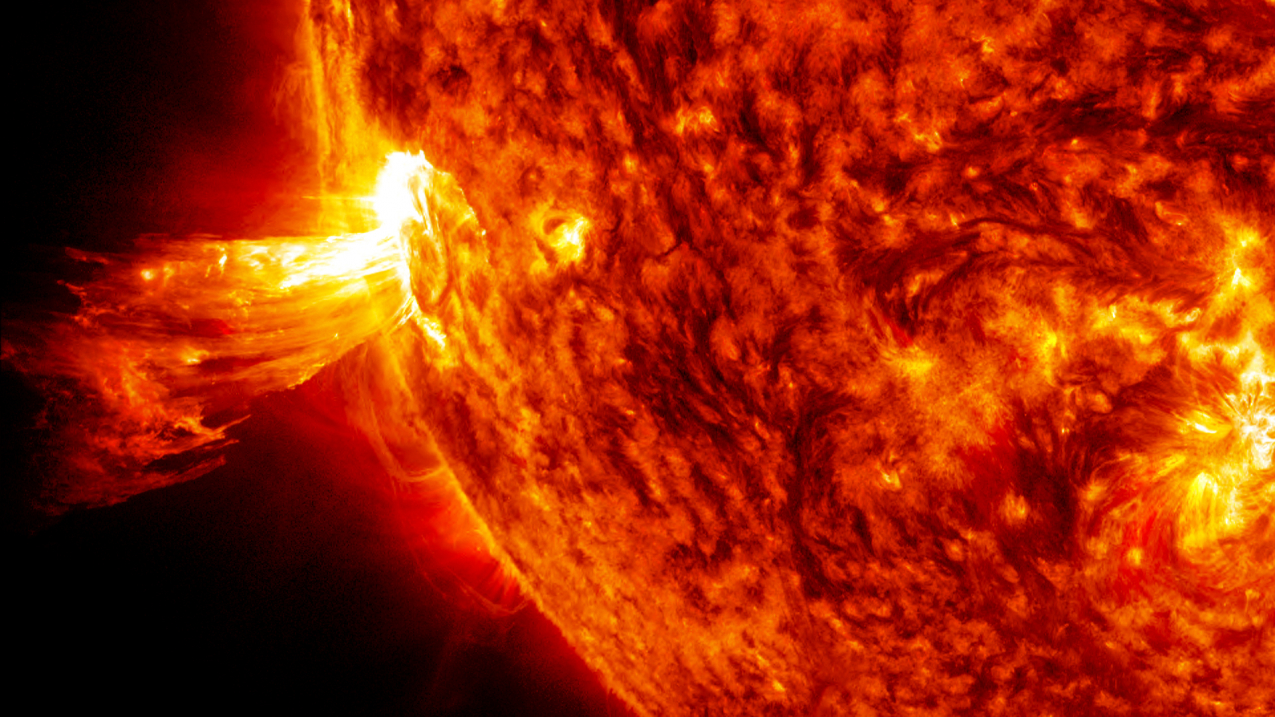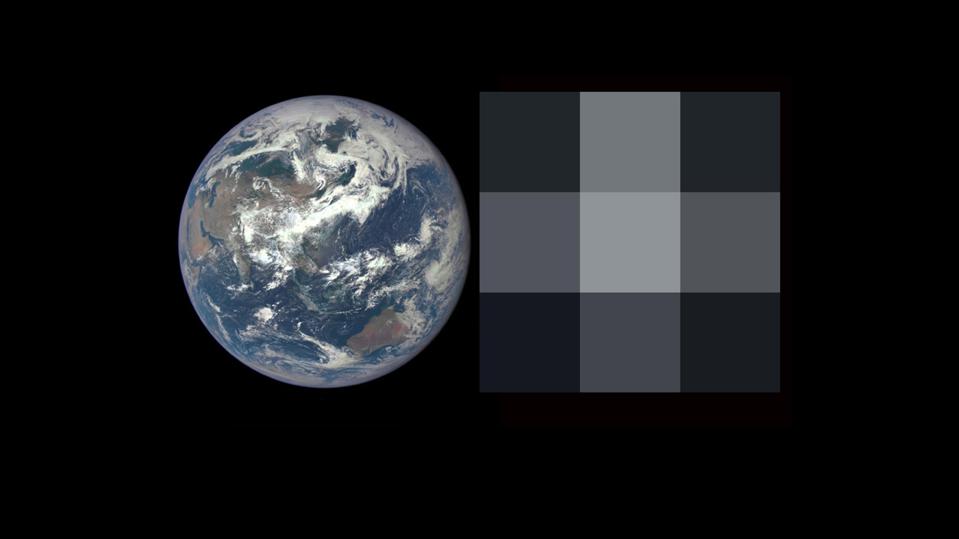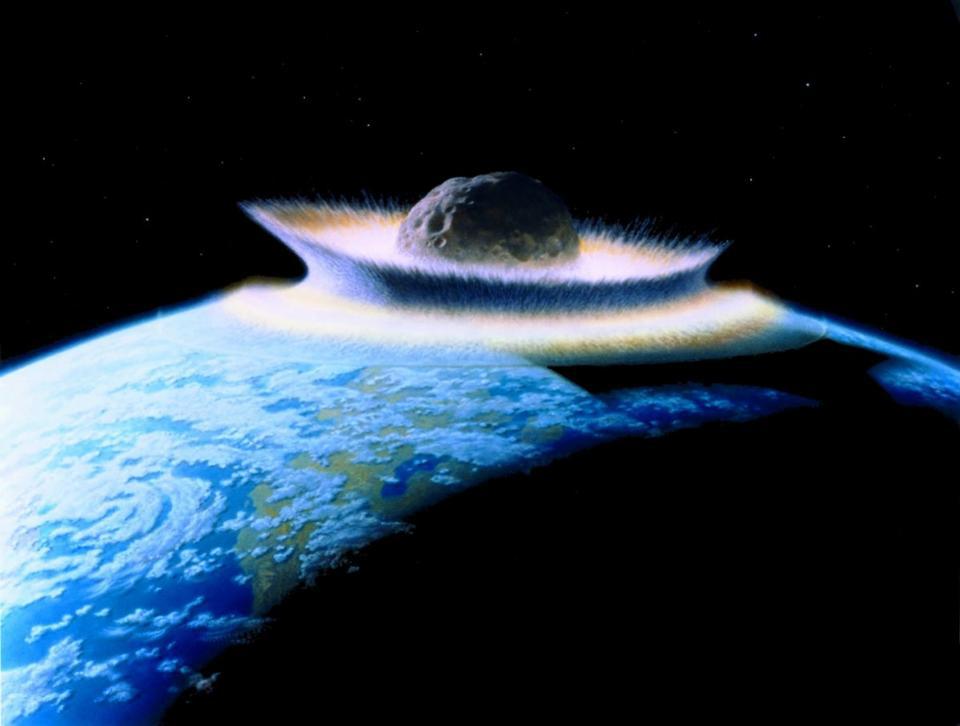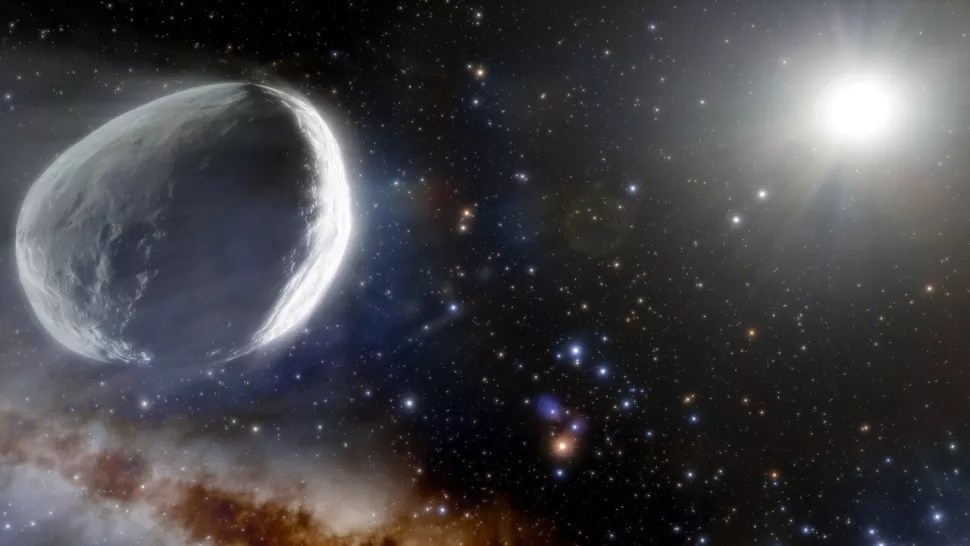Ask Ethan: Will a comet storm soon threaten the Earth?
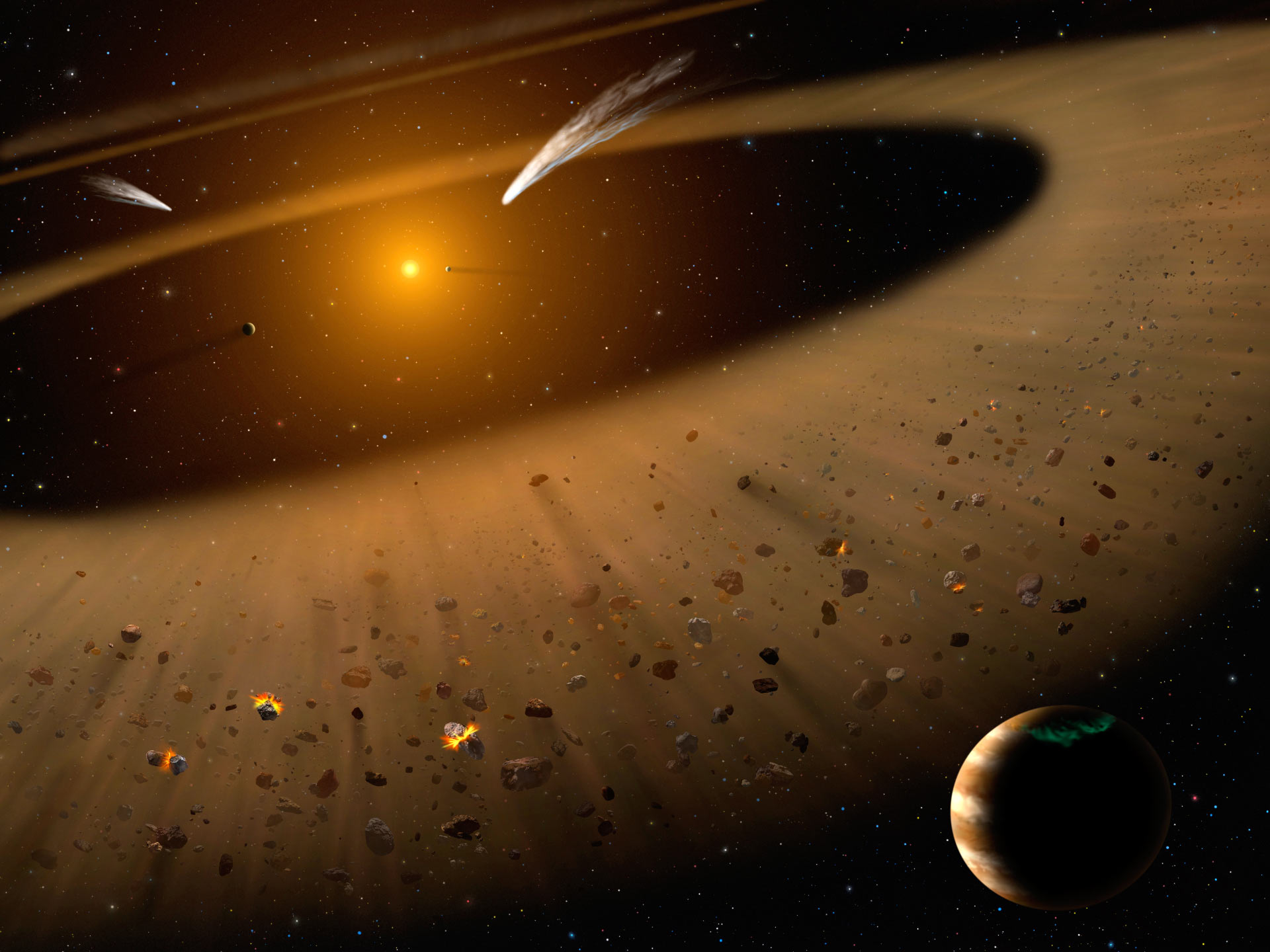
- As the stars, planets, and other objects within the Solar System move throughout the Milky Way, every so often, two of them will pass very close by one another.
- Whenever one such object passes close to our own Solar System, such as within our Oort cloud or even our Kuiper belt, it will gravitationally perturb a large number of masses in our Solar System’s outskirts.
- While many of the altered orbits will pose no threats to the inner planets, many will be hurtled close to the Sun, creating a possible “comet storm” in the inner Solar System. Is Earth at risk?
Although the Universe is absolutely filled with wondrous objects — including planets, stars, and stellar remnants in practically every one of the several trillion galaxies within the observable cosmos — the distances separating the stars and galaxies from one another are truly tremendous. Even though there are, by some estimates, as many as 400 billion stars within the Milky Way alone, the nearest star to our own Sun is more than 4 light-years away, where its gravitational effects cannot even be felt by the outermost objects present within our Solar System’s Oort cloud.
But the Universe is a dynamic place, with each of the masses within our galaxy compelled to move relative to one another on account of gravitation. Stars pass by one another, becoming closer and more distant with time. And, occasionally, they experience close encounters with one another, with potentially severe consequences for life present within these systems. Could one such encounter potentially lead to catastrophic consequences for us on Earth? That’s what John Roe wants to know, writing in to ask:
“[W]hat are the odds of a black hole causing havoc by passing through or near the Kuiper Belt or even the Oort Cloud and disturbing the orbits of the tens of billions of asteroids and comets that lurk there so as to cause those objects to be hurled toward the inner solar system in a sort of heavy bombardment similar (although albeit not nearly as intense) as that which occurred about 4 billion years ago?”
Sure, a black hole can do it, but that’s not the most likely culprit for a “comet storm” arising from something passing through our outer Solar System. It’s something that we don’t much talk about, but perhaps it’s a potential disaster scenario we should take more seriously.

Today, we think that:
- the Sun is just a little less than 27,000 light-years from the galactic center,
- presently in between the Milky Way’s major, dense spiral arms,
- where the closest bright stars, red dwarfs, and brown dwarfs are between 4-10 light-years from us,
- and where only about 0.1-0.2% of stars that ever lived-and-died became either neutron stars or black holes.
While there are an estimated 400 billion stars within the Milky Way, there are fewer than 1 billion black holes in our galaxy, while there might be several trillion “rogue planets” roaming through the galaxy: planets without parent stars at all. The majority of these objects are not in an orbit that crosses the orbit of the Sun within our galaxy; they’re either too close-in, toward the galactic bulge, or too far out, located well beyond even the farthest distance that the Sun ventures from the galactic center.
But relative to one another, the known, unbound bodies in our vicinity move anywhere from several kilometers-per-second to several tens of kilometers-per-second relative to our own Sun. Over time, this gravitational dance can bring many objects too close for comfort.
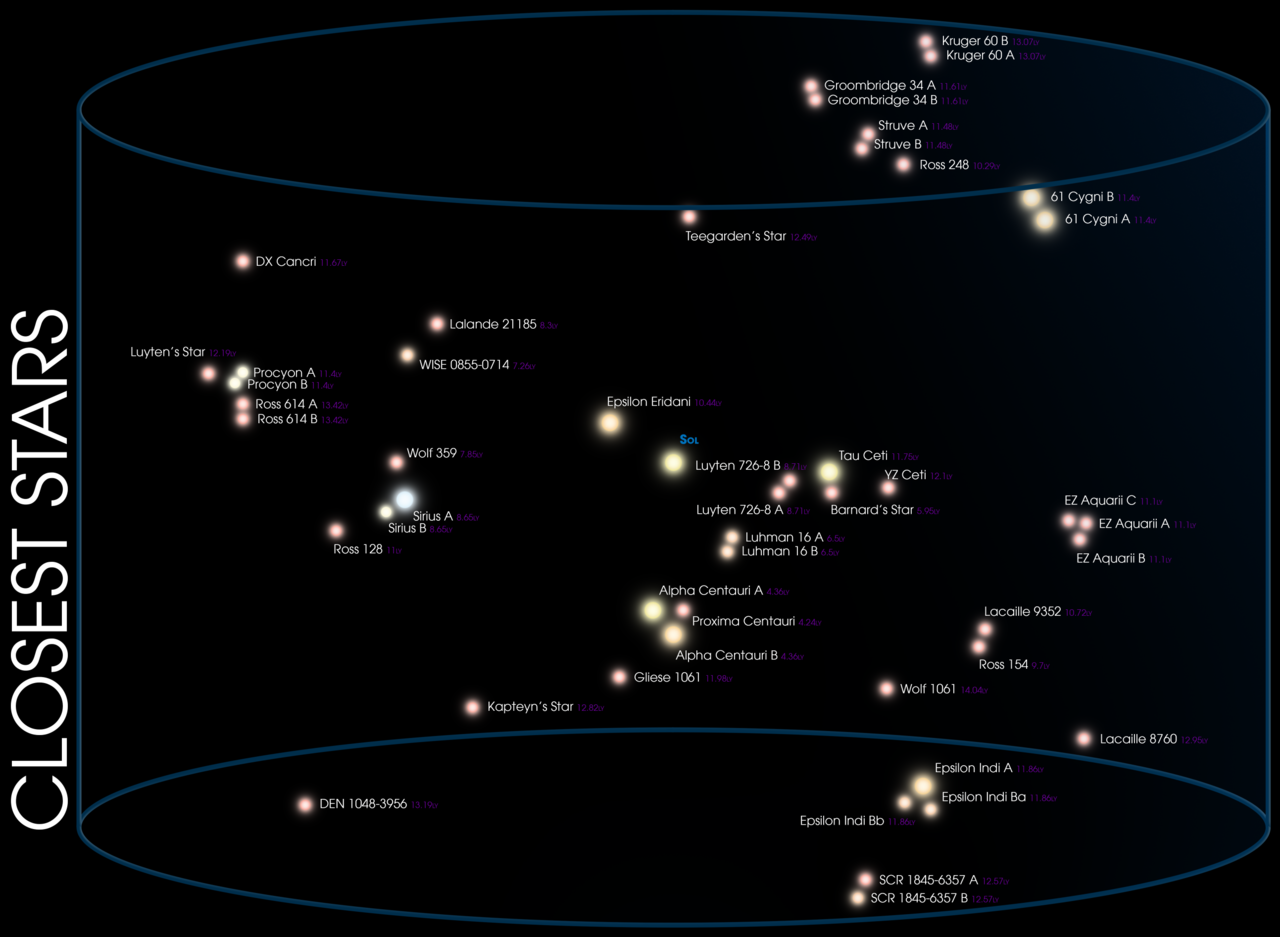
That’s because our Solar System isn’t just described by:
- the Sun,
- the planets that orbit the Sun and the moons that orbit those planets,
- and the asteroid and Kuiper belts,
the latter of which consists of objects extending up to about 100 Astronomical Units (AU) from the Sun, or 100 times the Earth-Sun distance.
Out in the far reaches of the Kuiper belt, which itself is out beyond our final major planet, the density of objects drops off tremendously. As the belt ends, it gives way to a diffuse scattered disk of objects, which can extend for many hundreds of AU away from the Sun. Then, a little more than 1000 AU away, the scattered disk begins to transition into the inner Oort cloud, which is a spheroidal collection of primitive, volatile-rich objects left over from the Solar System’s formation. The Oort cloud, although incredibly diffuse, is also enormous, extending for up to nearly 2 light-years (or ~120,000 AU) away from the Sun in all directions, and likely consists of at least many millions of large, massive, ice-rich bodies.
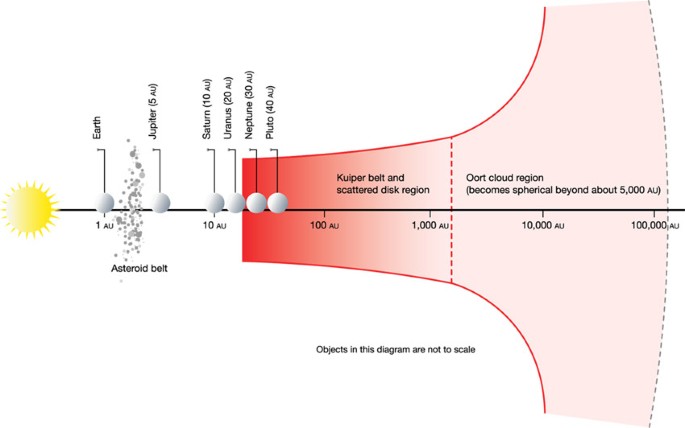
Although the Kuiper belt is where the most famous periodic comets originate from — comets like Halley and Swift-Tuttle — they’re only the most famous because they return again and again on very human timescales: timescales ranging from a few decades to a couple of centuries. While there are several dozen of these periodic, Halley-type comets known, the majority of comets that appear in our Solar System don’t reach aphelion, or their farthest point from the Sun, in or near the Kuiper belt, but extend to distances that are much farther out.
More than 100 comets are known that extend far into the scattered disk, between the Kuiper belt and the Oort cloud. But many hundreds of comets are known on near-parabolic orbits, where they will take several thousands of years or even tens of thousands of years to return, while the greatest number of known comets are on completely hyperbolic orbits, where they originate from the Oort cloud and will subsequently, as they leave the Sun, be ejected from the Solar System entirely. Most of the comets that are known, therefore, don’t come from the Kuiper belt, but originate from the Oort cloud for some reason or other.

There are a few possible reasons why comets could arise from the Oort cloud. It could be because two Oort cloud objects have a close gravitational encounter or even a glancing collision with one another, changing their linear and angular momenta and sending one of them into the inner Solar System. It could be because some sort of interstellar object like gas, dust, a blast of radiation, or even a pressure wave interacted with one of the objects, changing its orbit and sending it hurtling toward the inner Solar System.
But the most common reason — at least, as far as we know — is likely due to a gravitational encounter with an interloping object: a rogue planet, a failed star, a true star, or a stellar remnant. These encounters happen much more frequently than we had previously thought, and these encounters, when they do occur, will perturb the orbits of roughly every Oort cloud object they exert a greater gravitational force on than the Sun does.
As a quick rule-of-thumb, the formula for “how close it needs to get” is proportional to the square root of the mass ratio of the passing object to the Sun, meaning:
- for a solar mass interloper, it needs to be only as close as the Sun is,
- for a red dwarf star (~10% the mass of the Sun), it needs to be about a third as close as the Sun is,
- for a Jupiter-mass planet (about ~0.1% the mass of the Sun), it needs to pass within about 3% of the distance to the Sun,
- and for an Earth-mass planet (about 0.003% the Sun’s mass), it needs to pass within about 0.2% of the distance to the Sun.
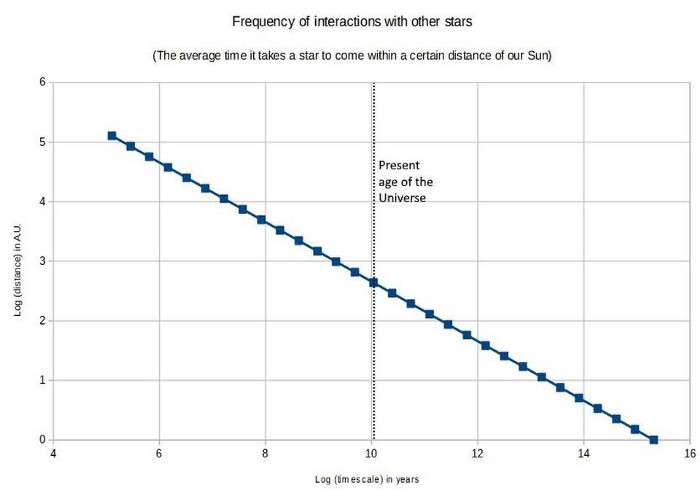
Given the number of stars within the galaxy and how quickly they move relative to one another, we can compute the likelihood that a star passes within the Oort cloud, which extends for about 120,000 AU from the Sun. Perhaps surprisingly, the answer is about once every few hundred thousand years. If we extend that to include rogue planets and brown dwarfs — although that involves speculating as to how many such objects are actually present — that frequency might increase to once every few millennia. Although the closer encounters,
- passing within the inner Oort cloud,
- touching the scattered disk,
- or even reaching the Kuiper belt,
might be progressively more and more rare, with the latter probably not having happened even once over the history of the Solar System, these large interstellar masses should regularly encounter and perturb our Oort cloud.
It won’t ever create a phenomenon comparable to the late heavy bombardment, which should represent the end of a continuous period of bombardment that lasted for perhaps the first ~600 million years of our Solar System’s history, but it can create another less spectacular phenomenon that nevertheless has the opportunity to create catastrophe for denizens of Earth: a comet storm.

Think about what happens as an object passes through the Oort cloud. In general, you can draw a cylinder around its trajectory whose radius is given by the square root of its mass ratio with the Sun. Any Oort cloud object that happens to be within that cylinder will have its orbit perturbed by the passing, massive object, and — this is a key part — the direction in which it gets deflected, and the amount of kinetic energy gained or lost by the object, are almost indistinguishable from random.
Some of these perturbed objects will remain in the Oort cloud; others will be hurtled into other Oort cloud objects, creating additional debris. Still others will be ejected from the Solar System entirely, where they’ll drift off into interstellar space.
But a substantial fraction of these perturbed objects, somewhere between perhaps 1-5% of them, will take on trajectories that will eventually bring them within the orbit of Neptune within the Solar System. Some of them will even come within 1 AU of the Sun, where they pose potential hazards to Earth. The only catch is that there’s a delayed reaction: from the time a massive object passes through the Oort cloud and gravitationally perturbs the objects within it, it takes about ~2 million years for those perturbed objects to enter the inner Solar System.
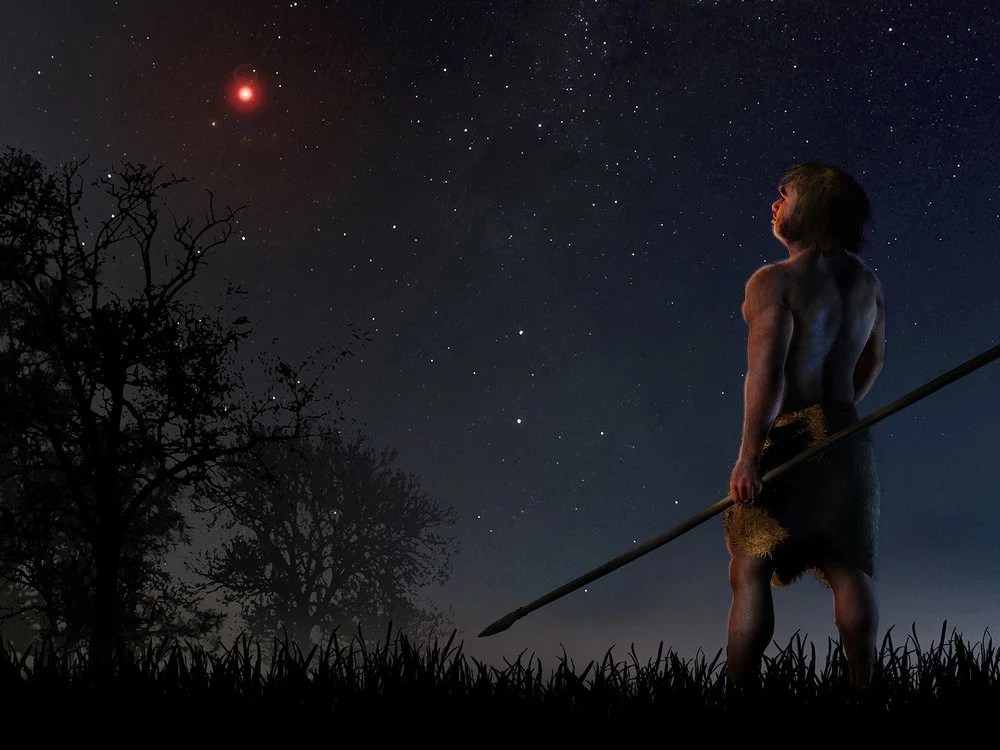
It’s important to remember that we’re still discovering the low-mass objects out there:
- the faintest red dwarfs and red dwarfs more than about 50-100 light-years away,
- brown dwarfs more than about 20 light-years away,
- and rogue planets of pretty much all masses and distances.
However, if we look at the nearest known stars and reconstruct their motions relative to our own Solar System’s motion, we can both reconstruct the last close pass of a star through our Oort cloud and the next closest predictable pass of a star through our Oort cloud.
About 70,000 years ago, a faint binary system consisting of a red dwarf (~10% of the Sun’s mass) and a brown dwarf (~6% of the Sun’s mass) passed within 52,000 AU of the Sun: less than 1 light-year away and definitively within the Oort cloud. This star, known as either Scholz’s star or WISE 0720−0846, likely took a trajectory that perturbed thousands upon thousands of large (~1 kilometer or larger) Oort cloud objects, and it’s likely that around 2 million years from now, over a window of tens of thousands of years, we’ll experience a significant increase in the number of comets that plunge through our inner Solar System owing to the passage of this star.
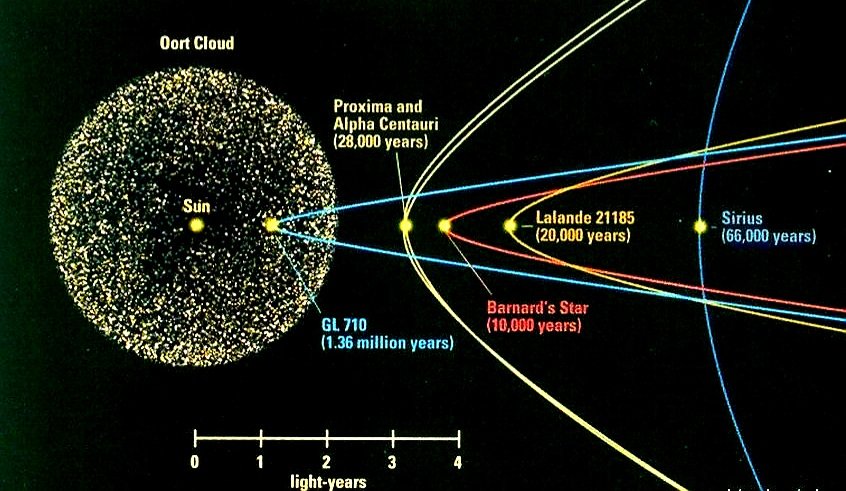
But a much more significant event is on Earth’s horizon: in about 1.3 million years, the relatively young star Gliese 710, about 57% the mass of the Sun, will come within about 10,000 AU of the Sun, taking it all the way from the outer Oort cloud to the inner Oort cloud before heading back out again. Given the much more massive nature of Gliese 710 compared to Scholz’s star, we can truly expect what’s known as a “comet storm” or a “comet shower” from the passage of this star.
In a 2016 analysis of Gliese 710, astronomers Filip Berski and Piotr A. Dybczyński determined that the future encounter of this star with our Oort cloud will become the most disruptive encounter in the recorded and predictable future history of our Solar System. The risk of a major impact event will rise significantly as a result of this encounter, and it could trigger an unprecedented sight in Earth’s night skies: a maximum peak of about one visible, naked-eye comet each and every month over a period of many thousands of years.
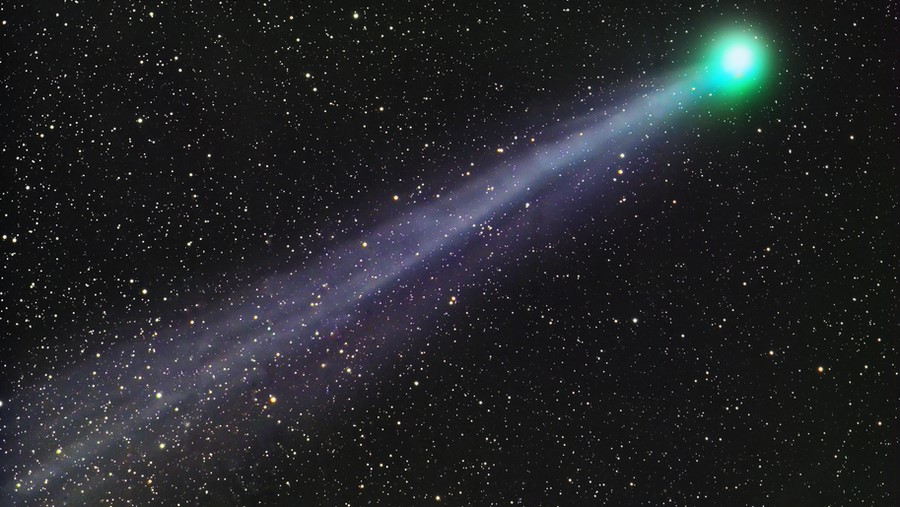
Although black holes are more massive than the stars and brown dwarfs that we know can cause havoc for our Solar System, they are far rarer, and no nearby black holes (within 1,000 light-years) are known. The odds of a black hole passing within our Oort cloud are about 1000 times smaller than that of a star passing through it, so it’s likely that these events have happened a handful of times over our Solar System’s 4.5 billion year history, but it’s not likely that there are any comets on an Earth-threatening trajectory that remain from those earlier events.
But there is a very real risk of stars, brown dwarfs, and even rogue planets passing through our Oort cloud and then, a couple of million years later, of the inner Solar System planets experiencing the potentially catastrophic consequences.
One sobering thought is that the low-mass stars and brown dwarfs that would’ve passed through our Solar System some ~2 million years ago are now so far away from us — several hundred light-years away — that they’re no longer detectable with current astronomical technology. It’s eminently plausible that we’ll experience a series of comet showers in our near future with no identified cause, and that those perturbed Oort cloud objects are already on their way. Only time, and improved observations, will enable us to quantify the true risk to planet Earth from the passage of massive objects through our Solar System’s outskirts.
Send in your Ask Ethan questions to startswithabang at gmail dot com!
